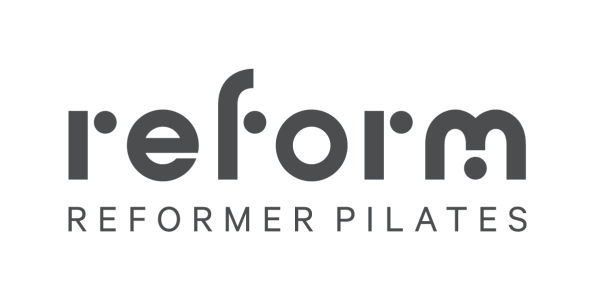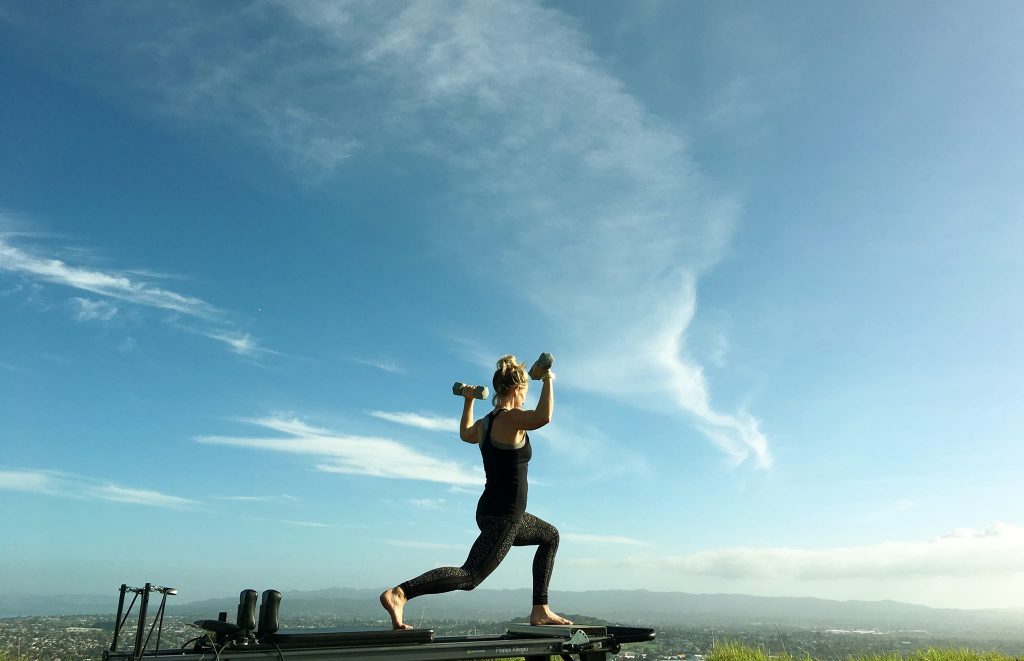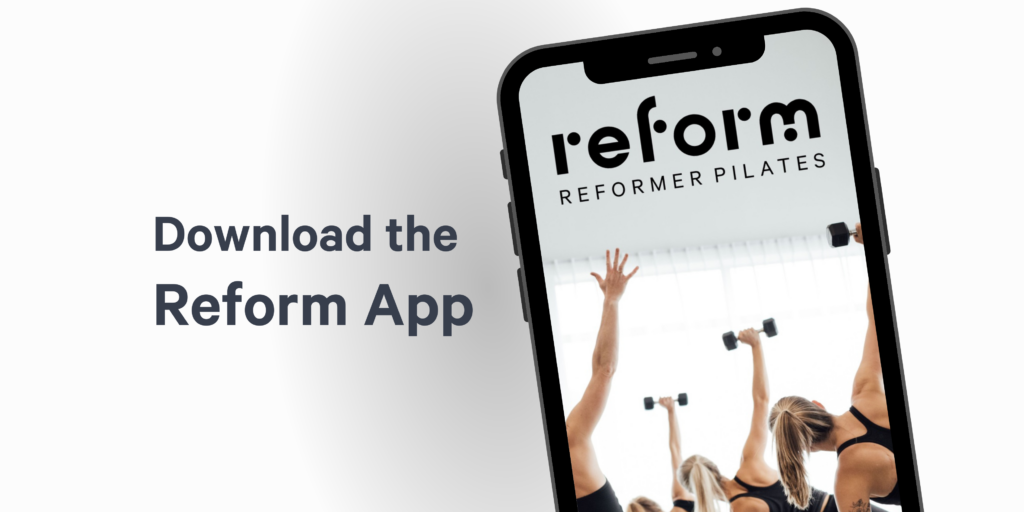Essentially, the lunge is a facilitator of all locomotion. If we breakdown simple walking gait; one foot in front of the other with only one of them in contact with the ground at any one time, we can then easily see that strength, balance and coordination through each leg individually is critical. Along with other, every day and dare I say it – functional – movement patterns like the squat, upper body pushing/pulling and hip-hinging (among others), the lunge is an integral part of your ability to move appropriately in everyday life and perform better in your chosen sport or activity from the gym to the track to the tennis court and so o.
So, you will lunge at Reform. A lot. As such a fundamental action the lunge will feature predominantly in the majority of your classes. Many of you know how; some of you do it well, some of you do it better than that but we are going to go over some of the technical points for the set up and execution of a good lunge.
The set up:
Tuck the foot of the leg you are lunging under the ball on the side of your carriage; close but no part of your lower leg will be in contact with the carriage at any stage. This position will allow you to lunge to a full depth, utilising the knee and hip joints through a greater range of motion (ROM). The greater the ROM the longer the eccentric (lengthening) phase of the muscular contraction creating a deeper concentric (shortening) phase. For you this means more neural input to the muscle, greater recruitment of muscle fibres and a stronger, more flexible joint.
Stand on one leg, no resting of the knee on your carriage. If you aren’t able to execute a single leg stance when lunging we will regress the movement to accommodate you until you have the requisite strength. Load all your weight purposely to the outside and heel of the lunging foot. We want to target glute and glute medius and we can only really hit those muscles if the weight is on the outside and hell edges. Always retain the natural arch you have in your foot; if you are flat-footed just remember weight out and back of the foot. Set your balance; shoulders back and down, core on (belly button drawn into the spine, ears over shoulders and eyes fixed and focused.
The execution:
There are many muscles in play here; quads, glutes, hamstrings, hip flexors, adductors, abductors, core stabilisers, even the calves. Simplify it by remembering this – bum not thigh. We, through a variety of reasons, tend to be quad dominant and this will show itself by the knee shooting forward over your toes as soon as you attempt to lunge. Too strong in the quads, too weak in the glutes. This is a very simplified interpretation of all the dynamics at play here but you get the picture. Sit back into your lunge, initiate it from the hip not the knee. Drop back a little THEN down, hips first, knee second. Lunge to your maximum possible depth, ideally your opposite knee will brush the carriage WITHOUT any transfer of weight into it. Pause, (here your shin bone should be vertical) then consciously drive through the outside and heel of foot and you will start to rise from your lunge. Lift your rib cage into thoracic extension (‘chest up’) but do not lift the head. Keep the eyes forward and neutral. Think about pulling your hip forward and really engage and squeeze your glute as the leg straightens. Your spine will remain tall, there will be no flexion or rotation because you are fully engaged at the core.
For those of you new to Reform this will serve as preparation for your first classes. For all our regulars, check if this is how you are lunging and if it needs tidying up you know what to do. Keep an eye out for more instructional videos to follow for an in-depth analysis of what we expect from you in your classes.





